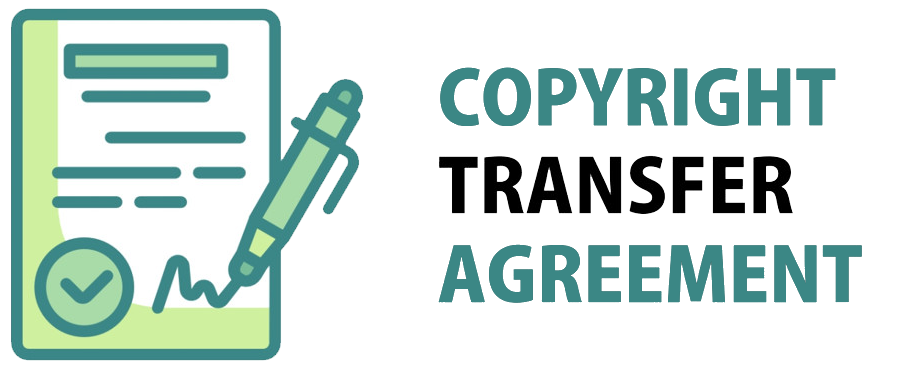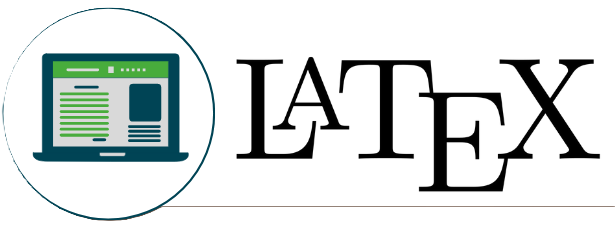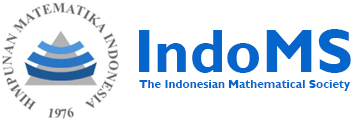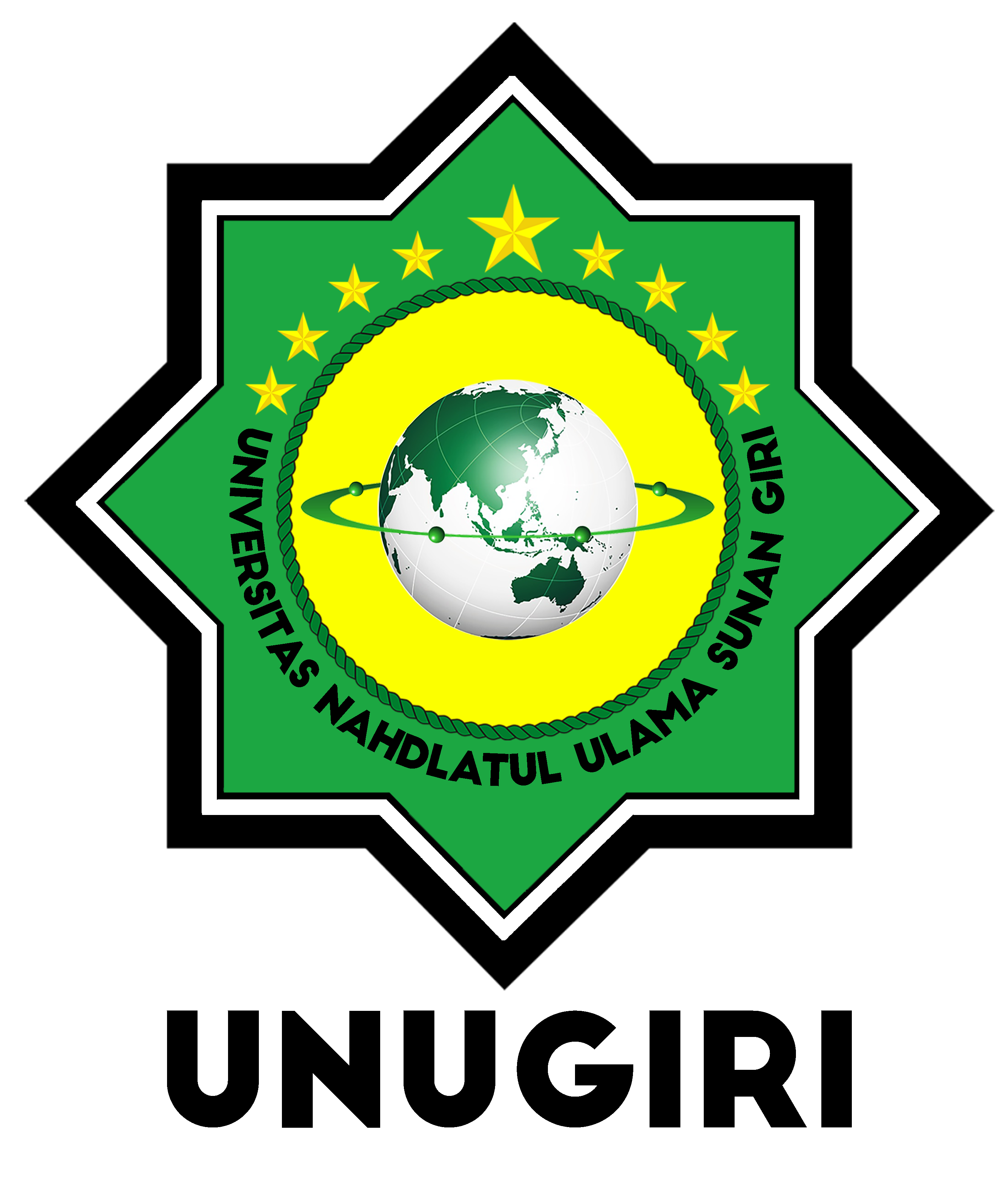ANALISIS KOMUNIKASI MATEMATIS SISWA DALAM MEMECAHKAN MASALAH MATEMATIKA BERDASARKAN GAYA KOGNITIF REFLECTIVE-IMPULSIVE KELAS VII SMP NEGERI 1 SUMBERREJO
 PDF Download: 528
PDF Download: 528
DOI:
https://doi.org/10.32665/james.v1iApril.10Keywords:
Mathematical Communication, Komunikasi matematis, Reflective-Impulsive, Reflektif-impulsifAbstract
This research aims to analyze the ability of mathematical communicationin problem solving who had reflective cognitive style’s, and impulsive cognitive style’s in the first grade of SMP Negeri 1 Sumberrejo on mathematical written, drawing mathematically, and mathematical expression aspect’s. The research is a qualitative research with subjects in this research were eight students of class VII C SMP Negeri 1 Sumberrejo which consisting of four students with reflective cognitive style’s, four student with impulsive cognitive style’s. The subject in this research were taken by using purposive sampling technique. Data was collected by the results of written tests and interviews. Data analysis techniques used data reduction, data presentation, and conclusion.The validity of the data usetime triangulation that compared data of the first task and interview with the second task and interview. The results showed that: (1) students with reflective cognitive styles: the mathematical written ability are on the fourth level, drawing mathematically are on the third level, and mathematical expression are on the third level, (2) students with impulsive cognitive styles: the mathematical written ability are on the third level, drawing mathematically are on the second level, and mathematical expression are on the second level.
Penelitian ini bertujuan untuk mendeskripsikan kemampuan komunikasi matematis siswa dengan kategori gaya kognitif yakni reflective, dan impulsive, kelas VII SMP Negeri 1 Sumberrejo pada aspek menulis matematis, menggambar secara matematis, dan ekspresi matematis. Penelitian ini merupakan penelitian kualitatif dengan subjek penelitian delapan siswa kelas VII C SMP Negeri 1 Sumberrejo yang terdiri dari empat siswa dengan gaya kognitif reflective, empat siswa dengan gaya kognitif impulsive. Penentuan subjek penelitian menggunakan purposive sampling. Teknik pengumpulan data menggunakan tes tertulis dan wawancara. Teknik analisis data yang digunakan meliputi pengumpulan data, reduksi data, penyajian data dan verifikasi.Validitas data yang digunakan dalam penelitian ini menggunakan triangulasi waktu yang membandingkan antara data tertulis dan wawancara I dengan data tertulis dan wawancara II. Hasil penelitian menunjukkan bahwa kemampuan komunikasi matematis untuk siswa gaya kognitif reflective meliputi: kemampuan menulis matematis berada pada tingkat 4, kemampuan menggambar secara matematis berada pada tingkat 3, dan kemampuan ekspresi matematis berada pada tingkat 3. Kemampuan komunikasi matematis untuk siswa dengan gaya kognitif impulsive meliputi: kemampuan menulis matematis berada pada tingkat 4, kemampuan menggambar secara matematis berada pada tingkat 2, dan kemampuan ekspresi matematis berada pada tingkat 2.
References
[2] Depdiknas. Permendiknas No 22 Tahun 2006 Tentang Standar Isi. Jakarta: Depdinkas (2006).
[3] Kadir and Parman. Mathematical Communication Skills of Junior Secondary School Student in Coastal Area. Jurnal Teknologi, 63 (2), (2013) 77-83.
[4] Kongthip, Y, Inprasitha, M, Pattanajak, A, & Inprasitha, N. Mathematical Communication by 5th Grade Student?s Gestures in Lesson Study and Open Approach Context. Psychology, 3 (8), (2012) 632-637.
[5] Larsson, J.A. Communication of Mathematics as a Tool to Improve Students’ General Communicative Skill. Proccedings of the 3rd International CDIO Conference, MIT, Cambridge, Massachusetts, USA, June (2007) 11-14.
[6] Moleong, L.J. Metode Peneltian Kualitatif. Bandung : PT Remaja Rosdakarya. (2013).
[7] NCTM. (2000). Curriculum and Evaluation Standard for School Mathematics. Reston: National Council of Teacher of Mathematics. (2013).
[8] Philip, F. (1977). The Effect of Verbal and Material Rewards and Punisher on The Performance of Impulsive and Reflective Children. Child study journal 7(2) (2013) 71-78.
[9] Satriawati, G. Pembelajaran dengan Pendekatan Open Ended Untuk Meningkatkan Pemahaman Kominikasi Matematis Siswa SMP. Jurnal Algoritma CeMED Jurusan Pendidikan Matematika UIN Jakarta, 1 (1) (2006) 107-115.
Downloads
Published
How to Cite
Issue
Section
License
Authors who publish with this journal agree to the following terms:
- Authors retain copyright and grant the journal right of first publication with the work simultaneously licensed under a Creative Commons Attribution License that allows others to share the work with an acknowledgment of the work's authorship and initial publication in this journal.
- Authors are able to enter into separate, additional contractual arrangements for the non-exclusive distribution of the journal's published version of the work (e.g., post it to an institutional repository or publish it in a book), with an acknowledgment of its initial publication in this journal.
- Authors are permitted and encouraged to post their work online (e.g., in institutional repositories or on their website) before and during the submission process, as it can lead to productive exchanges, as well as earlier and greater citation of published work
 PDF Download: 528
PDF Download: 528















